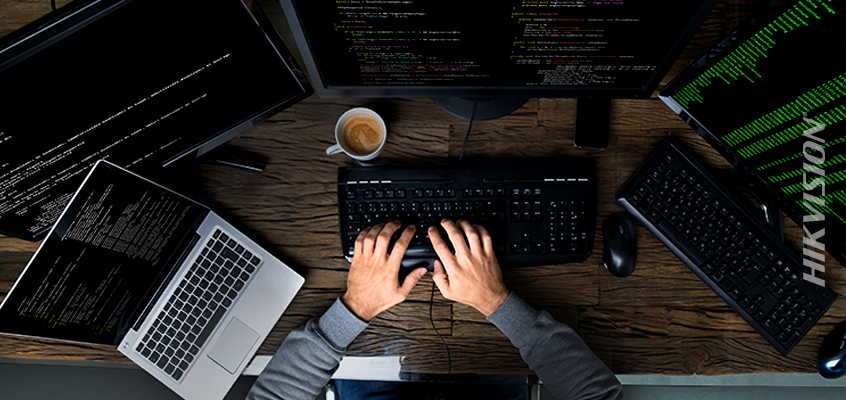Selon une étude d'IBM, la méga-protection des données coûte plus de 350 millions de dollars aux entreprises
Hikvision Proactive En matière de cybersécurité, vise à réduire les problèmes de sécurité
L’étude IBM, intitulée «2018 Coût d’une violation de données », a révélé que les brèches «de sécurité » de données, allant d’un million à cinq millions d’enregistrements perdus, peuvent coûter entre 40 et 350 millions de dollars aux entreprises selon un rapport du magazine Security.
”L'étude d'IBM réalisée par l'institut Ponemon a également révélé que "le coût moyen d'une violation de données à l'échelle mondiale est de 3,86 millions de dollars, soit une augmentation de 6,4% par rapport à 2017".
« Alors que les violations de données hautement médiatisées rapportent souvent des pertes de plusieurs millions, ces chiffres sont très variables et se concentrent souvent sur quelques coûts spécifiques facilement quantifiables », a déclaré Wendi Whitmore, responsable mondial des services de réponse aux incidents), dans l'article. "La vérité, c’est qu’il faut prendre en compte de nombreuses dépenses cachées, telles que l’atteinte à la réputation, la rotation des clients et les coûts opérationnels. Savoir où se trouvent les coûts et comment les réduire peut aider les entreprises à investir plus stratégiquement tout en réduisant les énormes risques financiers en jeu. "
L'étude a examiné les facteurs qui affectent sur le coût de la violation de la sécurité des données, notamment la mise en place d'une équipe d'intervention en cas d'incident, l'utilisation d'une plateforme d'IA pour la cybersécurité et le déploiement de technologies de sécurité automatisées.
Hikvision a adopté une approche proactive de la cybersécurité pour aider ses partenaires et utilisateurs, et pour minimiser les problèmes de sécurité et les risques d'atteinte à la sécurité.
Hikvision Proactive À propos de la cybersécurité
Hikvision est proactive sur ses politiques de cybersécurité afin de minimiser les problèmes de sécurité. En plus de son centre de cybersécurité en ligne et d'une ligne téléphonique dédiée à la cybersécurité, Hikvision se rendra également dans les villes américaines cet automne pour présenter sa tournée "Mythes et faits de la cybersécurité: présentée par Hikvision".
Davis présente une session éducative interactive de 90 minutes sur la cybersécurité, les cybermenaces et les vulnérabilités, les mythes sur le secteur de la vidéosurveillance et les meilleures pratiques pour atténuer les failles de sécurité potentielles. Pour en savoir plus sur les tournées à venir dans votre région, cliquez lien.
Pour plus d'informations sur les programmes de Hikvision visant à réduire les problèmes de sécurité, visitez notre centre de cybersécurité en ligne. Pour en savoir plus sur l'étude de violation de la sécurité des données IBM, cliquez ici pour lire l'article en entier.

